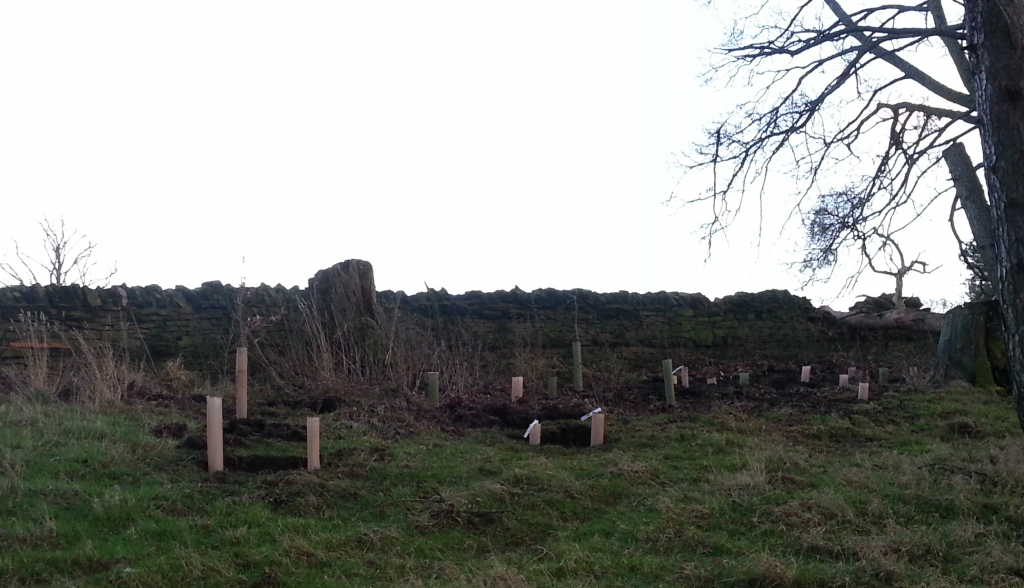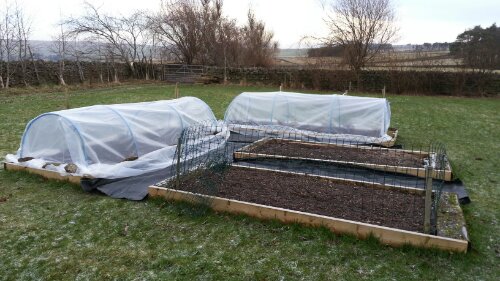I couldn’t help myself this morning, I spotted on Twitter that there was a one day 30% off promo code (TWITTER30) with SeedParade.co.uk (@SeedParade) so I figured I might as well give them a try this year. I’ve not used them before but they seem to have a fairly good selection (although no seed potatoes).
The deal was only valid for today (Fri 24 Jan 2014) but I had been contemplating the list of seeds to get for a few weeks so I was ready to place an order with someone.
Although the list looks fairly extensive when I read the email confirmation, the idea was to try a good variety of things that we would eat to get a better idea of what works here. I also don’t have to plant all the seeds from every packet I’ve bought so I could keep some for next year – I doubt that will happen though!
This years efforts should give a better guide for future years than my limited efforts during the last half of 2013 so that I don’t waste time on crops that simply don’t suit the site, environment or soil conditions.
The vegetable seeds ordered, in no particular order:
- Dwarf French Bean Tendergreen
- Beetroot Boltardy
- Leek Giant Winter
- Pea Purple Podded
- Swede Marian
- Sweetcorn Sweet Nugget F1
- Carrot Nantes
- Lettuce Cos Little Gem
- Courgette Early Gem F1
- Winter Squash – Waltham Butternut
- Cabbage January King
- Parsnip Countess F1
- Cabbage Red Drumhead
Plus there were also a few herbs as well for variety:
- Chamomile
- Chives
- French Lavender
- Rosemary
- Greek Oregano
Hopefully with a bit of careful planning and a little succession sowing I can try out some of everything I’ve ordered this year. There might be a slight space problem (as usual) but with 4 new raised beds already and one more that could still be built I think everything might work out okay.
My next job is working out what will be planted where and when…






